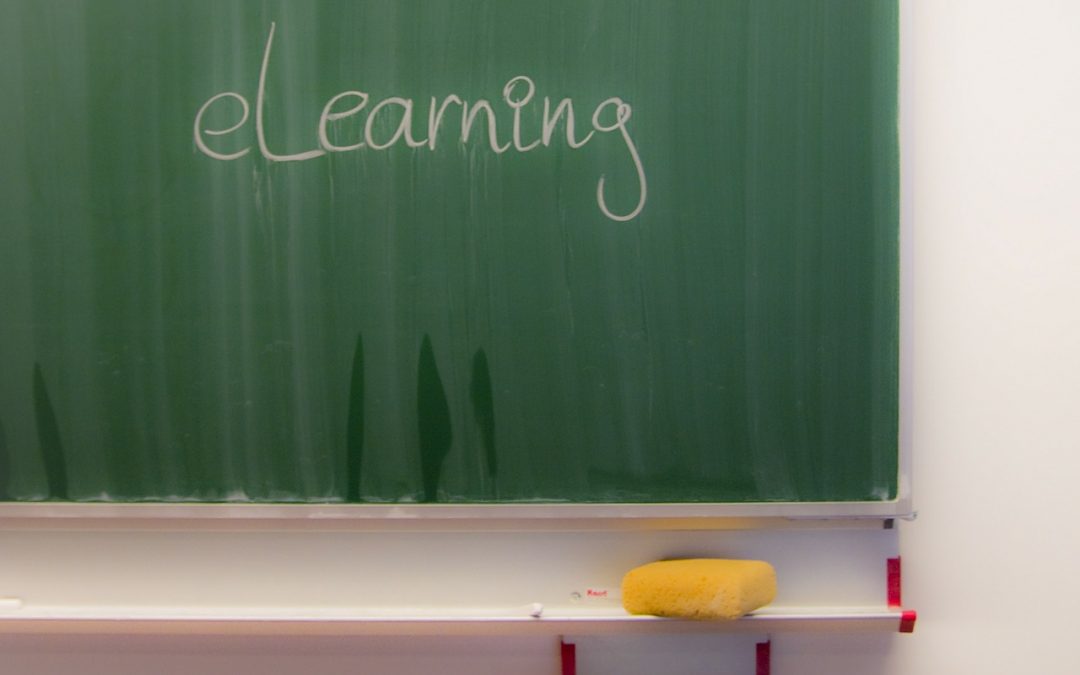The e-learning experience
High-tech classrooms, advanced distance e-learning, digital courses and online education.
The traditional model of imparting knowledge from educator to learner has evolved somewhat since the start of the digital age. While the formative years still primarily utilise a class of students and a brick-and-mortar setting, there are numerous advancements in education and information ecosystems that promote a different set of approaches.
Classrooms themselves have become more integrated into the flow of data. A modern classroom is equipped to access, retrieve and display subject material. Educators need to facilitate the process in addition to their core teaching roles. Thus, the continued professional development of educators is of paramount importance, to allow them to adopt and embrace the latest information systems, and incorporate them into the learning process from the early years all the way through to post-qualification courses.
The latest technology-based classrooms offer a “bring the world to them” experience. They allow virtual tours at locations of interest and interactive journeys through worldwide experiences. Furthermore, the rise of the connected digital device allows learners to store the lessons and have them available to refer to at any time.
Current
Distance learning is a well-established area that has benefited tremendously from e-learning progress. One of the main improvements has been the speed at which one could transmit and receive education-based information, not to mention the amounts of data involved. One can retrieve one’s course material and required tasks near-instantaneously. Additionally, you can supply completed works in a similar fashion. This permits far more time for actual work and enhances the efficiency of the learning system. Increased bandwidth also allows for the transfer of far richer media, such as diagrams and videos, to aid instruction and learning.
Coursework, too, has taken a step forward into digitisation. The advent of advanced and user-friendly publishing tools has led to the production of fully digital courses and course materials, from textbooks to evaluation regimens. The advantages are many: these materials are usually cheaper, convenient to transport and store, available both locally and online, more freely distributed and far easier to revise and update with new editions. Although many sectors still require vocational skills, the theoretical knowledge is now typically available in digital format. One can readily use it as a learning precursor or supplement.
Finally, a large part of education is the examination and certification process. The advent of online education has reached the stage where many institutions and organisations are geared to offer fully online courses. Furthermore, these courses come complete with testing, marking and subsequent earning of learning accreditation. This is perhaps the single biggest boon to distance learning. Being able to gain additional qualifications via certified training entities from home or work is a massive boost to time availability, an increasingly scarcer resource.
Still required
What remains, then, is to complete the new e-learning paradigms through the training of the trainers themselves. Educators need to become knowledgeable in the techniques and back end technical aspects of digital education. This is in order to better implement them into their training methods. Standards require establishment from both the education and technology sectors to formalise this implementation. New course development should include digital aspects from the very beginning. This should be as a primary rather than a secondary source of instruction.
The author is involved in course development and staff training at Adept. We used several educational entities as a reference for much of the material above.

